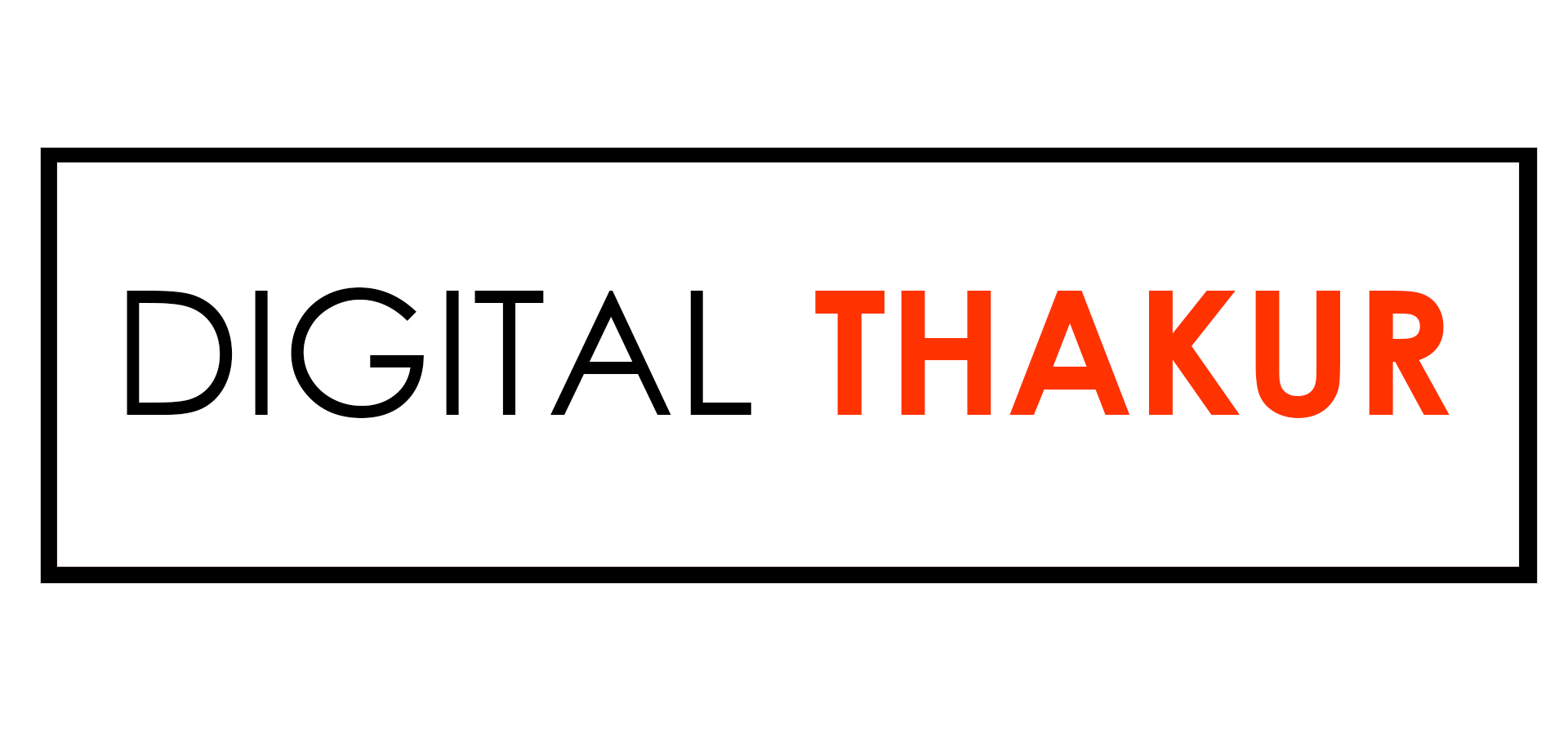
Can you, advertisers, be truthful with me for a second? On a scale from 1 to 10, how well do you understand the world of sponsored advertising?
Even though 45% of small businesses utilize online advertising, many of us have never heard of pay-per-click. Every marketer should know how to use PPC, or at the absolute least, have a rudimentary grasp of it. You will have a thorough understanding of pay-per-click marketing after reading this article. We’ll start by discussing the benefits of sponsored advertising before diving into some essential ideas.
What is PPC?
Pay-per-click, or PPC, is an acronym for the internet marketing strategy in which advertisers have assessed a fee each time one of their promotions is clicked. It is a technique for buying website visits rather than seeking to “earn” such views naturally.
Search engine marketing is among the PPC models that are most frequently used. When a customer searches for a phrase associated with their product or service, it enables marketers to contest for ad placement in the sponsored links of a search engine. If we bid on the keyword “PPC software,” our ad may appear towards the top of the Google results page.
Every time an ad on our website is clicked, we must pay a little fee to the search engine. The price is low when PPC is functioning well since the visit is worth more than you paid. To put it another way, if we pay $3 for a click and that click results in a $300 transaction, we have profited handsomely.
How does PPC work?
PPC is one of the ways of online advertising where a business pays a fixed or auction-based charge each time a user clicks on one of its ads and goes to its website. A pay-per-click campaign aims to “buy visitors” to a particular website. The objective is to prompt specific user action, such as product registration or purchase.
Despite being a well-liked payment option for online ads, PPC is not the only one. It is so crucial to distinguish it from others, which may include:
PPM (payment per thousand). The advertiser pays a specified amount for every thousand impressions or the number of times consumers view the advertisement. The backlog of this strategy is that it’s difficult to predict how many clicks each additional thousand images will generate, so you don’t know how much you’ll pay for each visit.
PPA (payment for acquisition). In this illustration, the advertiser is compensated each time a user does a particular activity, like downloading an app. As a result, compared to PPC, the relationship between cost and objectives is much more apparent.
Advantages of using PPC
Only the visits you get are billed to you.
Marketers who use alternative advertising techniques pay a fee to display their ads, but there is no assurance that their efforts impact them. When implementing pay-per-click, there is a definite correlation between cost and effectiveness.
The performance of the advertisement is well-documented in your statistics.
The pay-per-click systems give the advertiser comprehensive data on the advertisement’s effectiveness, such as the number of impressions, clicks, and conversions.
Excellent potential for optimization.
With all of this information, it is pretty easy to ascertain whether or not an advertisement is effective and to modify the direction in real-time. The best approach is to create several iterations of each ad and compare them to see which ones work the best. This method will always lead to better results.
The target audience sees the adverts.
Due to the many segmentation options, you won’t waste a single click. Only the folks you’ve chosen to target will see the advertisement. This gives more excellent outcomes since a target audience member is likely to click on the ad. The percentage of clicks increases as the cost of the advertisement decreases.
Your budget is entirely under your control.
You may choose a daily maximum budget with PPC models; sometimes, you can start with just $1. As a result, they may be customized for advertisers of all sizes, and you can plan your budget for each campaign.
Your ability to choose where and when your advertisement appears is unrestricted.
Using the pay-per-click method, you may display your advertising on a wide range of platforms and sites, and you can select the ones that most appeal to you. You may choose the days, and times your advertisements will show on some websites.
Building a PPC Campaign
Now that you know PPC’s critical terms and advantages let’s start building an effective PPC campaign.
Set your boundaries
Your entire business objectives should be considered when planning your advertising strategies. Think about how your purchased advertising will assist you in achieving those goals. Then think about what you want your adverts to accomplish- traffic, sales, brand visibility, or anything else- and how much you’re willing to spend to get there.
Make your goal and goal metrics.
You will be able to demonstrate the value of your advertising spend as long as you specify how you will evaluate your campaign goals. It would be best if you didn’t mix your campaign stats with your goal metrics.
Choose your campaign type.
You must plan not just where but also how you will market. You may choose from various paid advertising campaigns depending on where you can reach your target audience. This is not to say that you can’t sell in other methods; you may try various campaign types as long as you’re always experimenting and improving.
Do keyword research
Each ad group’s target list must be assigned since search engines use these keywords to decide when and where to display your ad. One to five keywords should generally be selected for each ad group, and they must be highly relevant because your Quality Score is on the line.
Wrapping Up
Whether your business is recently established or has been around for a while, PPC might give you the edge over your rivals or, at the very least, help you rank better in the SERPs.




